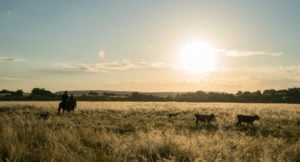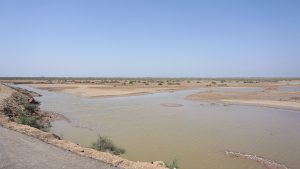Record yields of soy and a boom in Argentine beef sales to China have been accompanied by the loss of native forests, accelerated soil degradation and water pollution – the consequence of a model that pins hopes of limitless macroeconomic growth on agricultural exports.
Some experts call this “bad development”.
Under President Mauricio Macri, who ends his four-year term in December, Argentina slashed, and in many cases completely eliminated, agricultural taxes and export permits, cancelled restrictions on foreign currency exchanges, and devalued the Argentine peso. He also enhanced the role of the agriculture ministry, making it the Ministry of Agribusiness.
500,000
Argentina's 2018 beef exports to China in tonnes
Wheat shipments tripled, and soy brought in a third of the country’s dollars. In 2018, foreign sales of beef hit over half a million tonnes. China was the main destination.
Yet, ecosystems could not support the stimulus.
“In Argentina, it seems that there was no other option than transgenic [genetically modified, or GM] seeds, the use of agrochemicals and to fumigate villages with glyphosate,” said Enrique Viale, an environmental lawyer.
High prices, new stance
Macri’s promotion of – and good relationship with – the agriculture sector contrasted with the confrontational stance adopted by his predecessor President Cristina Fernández de Kirchner, who notoriously sparked a 2008 conflict with farmers over taxes.
But Macri’s agricultural expansion was largely a response to record high commodity prices.
“The impulse that Macri gave to agribusiness is very clear,” Viale said, adding that the president’s decision to promote a “100 year-old agro-export model” that relies on agribusiness for foreign exchange and development came at the cost of Argentine industry.
It is a very negative model because there is no way to reconcile biodiversity and agriculture
Gabriel Arisnabarreta, an agronomist and member of Ecos de Saladillo, a group of agroecological producers, agrees: “In the Macri government there is a very clear deepening of everything that is in favour of agribusiness, of promoting Argentina as a country that exports cheap raw materials, regardless of the consequences.”
According to María Eugenia Periago, who coordinates conservation programmes for the Pampa and Gran Chaco biomes at NGO Fundación Vida Silvestre, environmental balance in agricultural production is vital.
“In the Pampas region, 80% of natural ecosystems have already been transformed. There is 20% left only because it is not suitable for agriculture,” she said.
Large-scale agriculture does not respect the limits of nature, driving deforestation and the loss of biodiversity and ecosystem services, Periago said.
“It is a very negative model because there is no way to reconcile biodiversity and agriculture.”
Deforestation and conflict
The advance of the agricultural frontier has a direct correlation with deforestation, the rate of which has grown 150,000 hectares per year under Macri. More than a third of clearing occurred in native forests notionally protected by the Forest Law, according to the Ministry of Environment.
More than 80% of total deforestation in 2018 occurred in north-eastern Argentina, according to a Greenpeace report. Santiago del Estero, which lost 34,751 hectares, 23,910 of which were protected, was the worst hit province.
“The agricultural frontier quickly expanded and that was at the cost of a very violent deforestation. It meant the elimination of communities that lived in those mountains,” said Arisnabarreta.
“Rural farmers who defended their territory were expelled and murdered. There was an exodus of small producers.”
An wider planted area and increasing yields also had devastating effects on the soil. Unlike such crops as chickpeas or beans, soy does not replenish the soil with important nutrients like nitrogen. As a consequence, the use of chemical fertilizers was widespread, in turn rendering the land less healthy and productive.
There is going to come a time when the buyer countries are going to measure our carbon footprint
Hernán Sainz Rozas, a researcher at the National Institute of Agricultural Technology (INTA), said that surveys showed successive annual drops in quantities of organic matter in agricultural soils since 2005.
“We are talking about losses of organic matter – a key indicator of soil health – of between 30% and 50%,” he said.
Sainz Rozas said there was a stark drop in all nutrients recorded in soils last year and that there was a one-third decrease in phosphorus levels, compared to those of 30 years ago.
“Producers do not replenish what crops take away,” he said, adding that the most alarming trend was and unsustainable spike in soil acidification.
“In Entre Ríos [province] in four or five years there will be a high percentage of soils with lower [ph] values than the crops need.”
Excessive use of synthetic fertilisers also impacts local communities.
In horticultural belts and nearby areas, such as the coastal city of Mar del Plata, too many organic fertilizers are applied and become sources of contamination.
“There are many areas where underground water has nitrate levels that are much higher than recommended and can be detrimental to the population’s health,” Sainz Rozas warned.
Cause and effect
Agriculture is highly vulnerable to the effects of climate change and scientists predict an increasing frequency and intensity of climatic events such as rains and droughts in Argentina.
40%
of Argentina's greenhouse gas emissions are associated with land use
At the same time, 40% of the gases causing climate change in Argentina are generated by agriculture, livestock, forestry and other land uses, according to the government’s latest national emissions survey.
Specialists say that along with adapting to prepare for new meteorological scenarios, mitigation measures to reduce greenhouse gas emissions will be necessary as traders and consumers do not want to be associated with climate impacts.
“There is going to come a time when the buyer countries are going to measure our carbon footprint,” Sainz Rozas said.
Under the Paris Agreement, Argentina promised to reduce 18% of its carbon dioxide emissions unconditionally by 2030, which could increase to 37% if it can attract international finance to assist the transition.
Demanding change
Specialists agree that the future economic viability of the agro-export model itself is in jeopardy if more sustainable policies and practices are not adopted.
“Argentina was, and still is, very competitive because its soils were very fertile, but future competitiveness is threatened. Profitability will be lower because more money will have to be spent on fertilising the soil,” said Sainz Rozas.
Periago sees a future in which importing countries will exercise police and buyer power.
“The European Union will demand better environmental standards to decouple deforestation from its supply chains,” he said.
“In the case of China, which often looks like a beast that doesn’t care about sustainability, 64 slaughterhouses have agreed to start analysing their supply chain,” he said.
Arisnabarreta said that the last congress of the Argentine Association of Direct Sowing Producers (Aapresid), agreed that it has to adapt production “because the countries of the first world were demanding less and less waste from agrochemicals”.
A “bad development” model
Viale said the hegemonic concept of development espoused by Macri is characterised by the displacement of indigenous communities; rural to urban migration; great environmental, social and cultural degradation which inhibits the development of regional economies; and the deterioration of political institutions.
“The relations that agribusiness has with power blurs the democratic rules; democracy shrinks to a minimum and those who resist the system, who want other things, are persecuted,” he said.
“We have to bet on another way to produce healthy, safe and cheap food that generates labour and the return of people to the countryside. That is the country’s great challenge.”
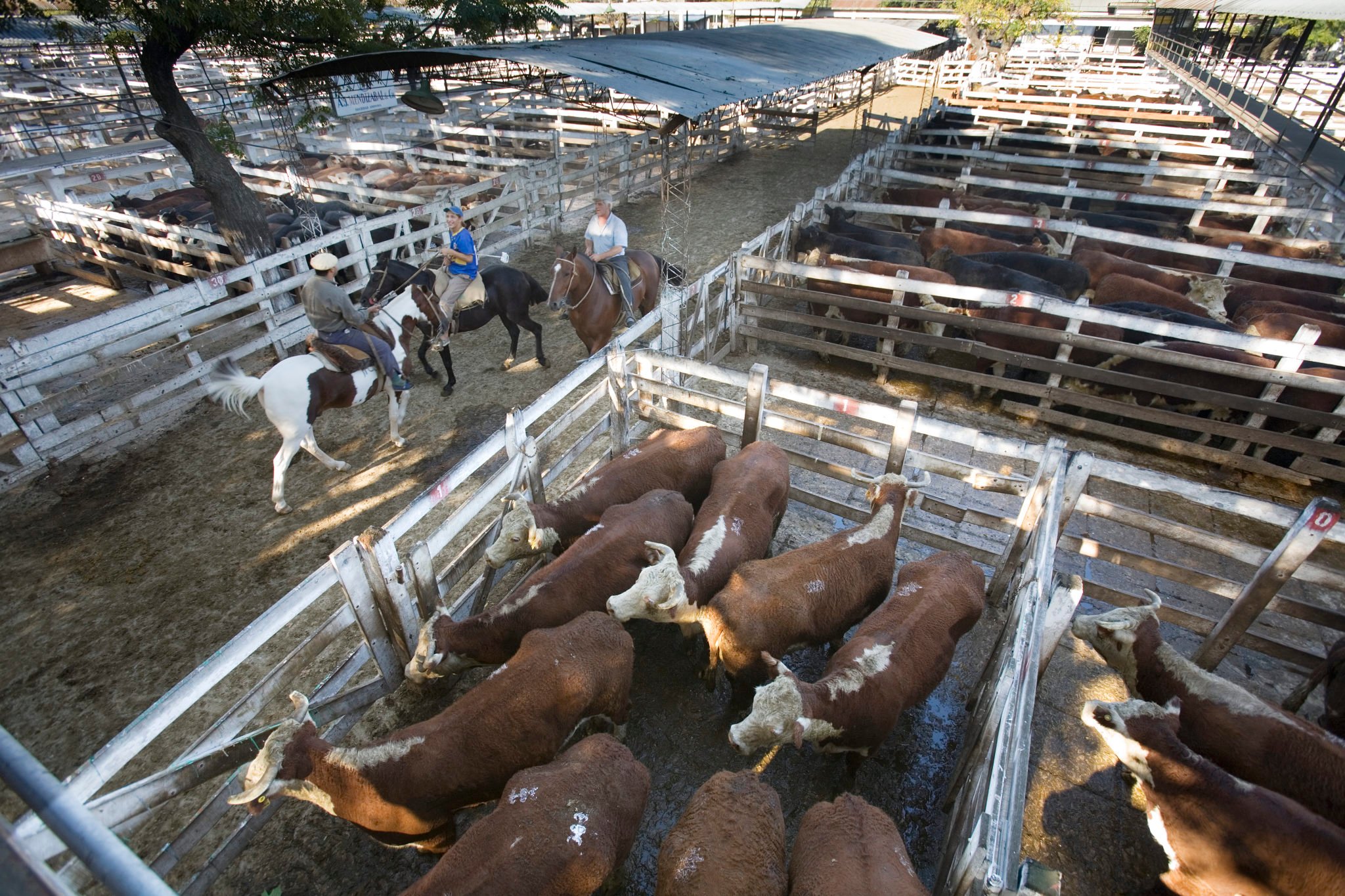

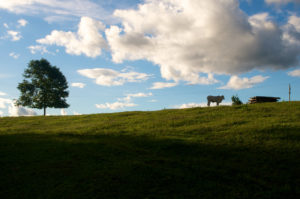
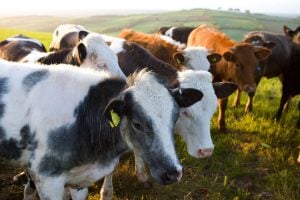
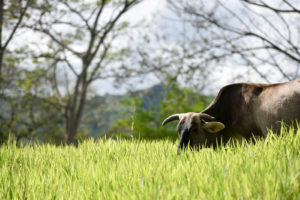
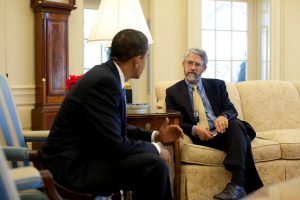

![Climate activists in Karachi, Pakistan holding signs in the march for the climate [image courtesy: FridaysForFuture Pakistan]](https://dialogue.earth/content/uploads/2019/09/climate-change-march-Pakistan-300x169.jpg)
